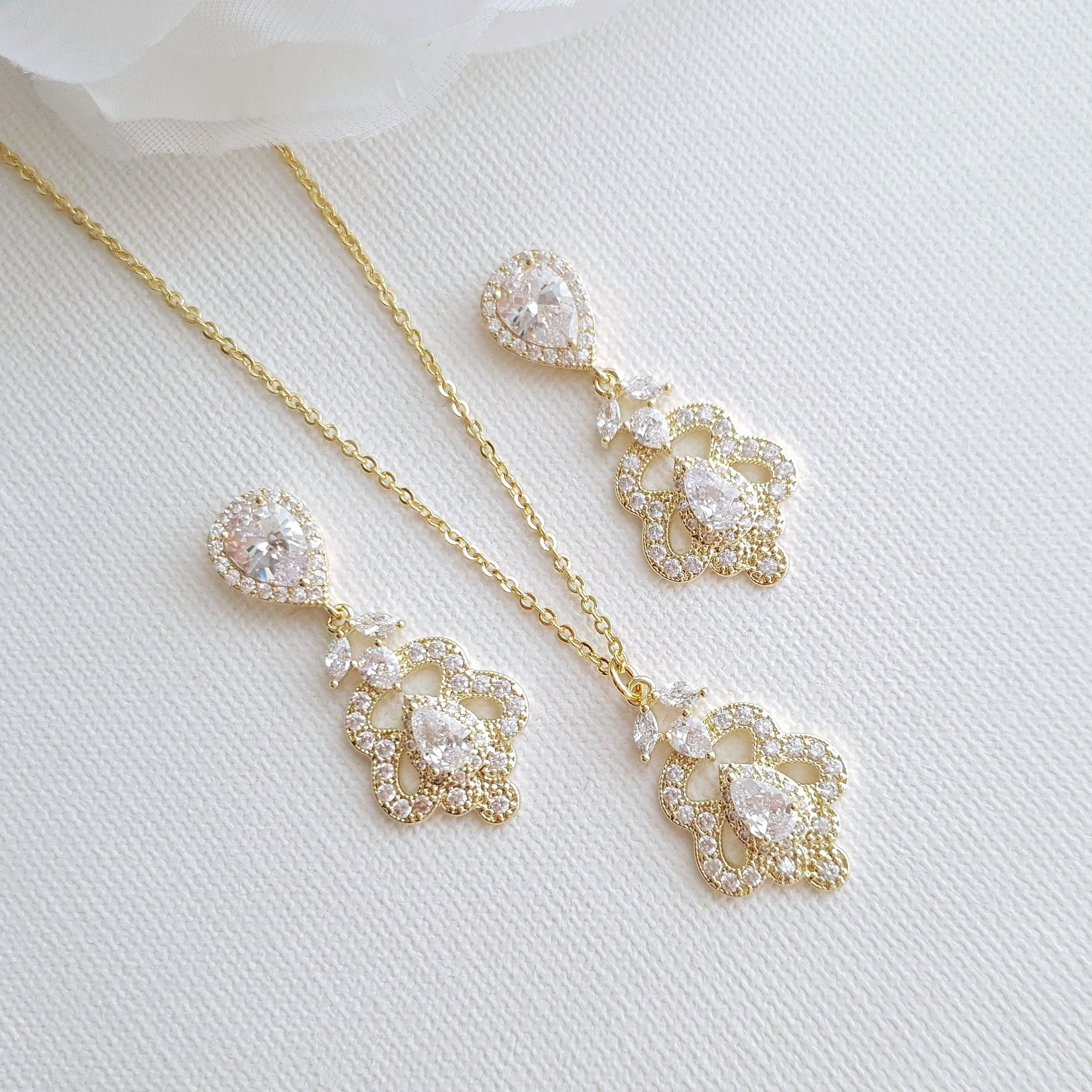Revealing the Mysteries Of the Valuation Procedure Used by Gold Acquirers
Wiki Article
The appraisal procedure employed by gold purchasers represents a crucial topic to anyone interested on disposing of precious metal. Understanding how gold gets valued can help vendors formulate informed decisions as well as guarantee sellers obtain a fair price. Precious metal buyers typically use several essential elements to determine the value for precious metal items, such as purity, mass, plus present trading valuations. Each of elements has a significant role in the overall assessment process.
One of the first steps in the appraisal procedure involves evaluating its fineness in the gold. Gold purity is assessed by karat weight, where 24 karat representing 100% precious metal. Most precious metal jewelry tends to be not 100% while it may can consist of ten, 14, or 18 karats. The higher a karat number value, the greater precious metal material that piece has. Gold buyers often use a testing method, such as acid testing or digital assessments, for ascertain its fineness in a precious metal. Such stage remains vital as this immediately influences an piece's worth. For instance, instance, one twenty-four karat gold piece will be worth more than a 14-karat item, although when both have the same weight same weight.
Another mass of the gold item is another critical factor of this appraisal procedure. Precious metal can be generally weighed by grams and troy ounces. Purchasers shall measure a precious metal for compute its value based on the fineness. This mass gets combined with the gold's purity ratio for determine an quantity in 100% precious metal in a item. For, if a fourteen karat precious metal band has a mass of ten grams, the item holds approximately 5.83 grams of pure gold of pure precious metal. Such calculation helps buyers determine the amount much they are prepared for offer for the item.
Current market prices additionally have an important part during the valuation for precious metal. Current valuation for precious metal fluctuates based on supply plus demand, financial factors, as well as international events. Gold buyers maintain an close eye on such trading fluctuations to ensure buyers offer fair valuations. They often refer at a current price of gold, that represents the current market valuation of immediate delivery. website here Such valuation can change every day, therefore purchasers need to stay informed for offer accurate valuations. Vendors must also be cognizant about these market fluctuations, as these may impact a valuation sellers obtain for the precious metal.
Lastly, the condition plus quality of the gold piece may affect its value. Distinctive styles, brand names, plus cultural significance can each add to an value of a item. For, a finely made precious metal necklace by a well-known famous brand can fetch an higher valuation compared to a comparable item without a designer label. Buyers will take into account such factors when making an bid. Vendors should spend some effort to polish plus showcase their precious metal pieces well, because this may positively affect a buyer's perception plus a ultimate price.

To summary, this appraisal procedure employed from precious metal purchasers includes several important factors, including fineness, mass, present market valuations, plus a state in a piece. Comprehending these elements can help sellers navigate this disposal procedure better efficiently. Through staying knowledgeable on how gold is valued, sellers can guarantee sellers obtain an equitable valuation in exchange for their gold pieces. Regardless of whether disposing of ornaments, currency, or other gold products, knowledge about this appraisal procedure remains essential for making smart monetary choices.